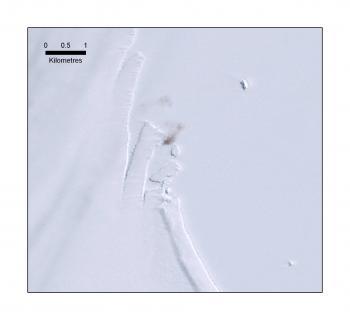Flying for 82 hours and 37 minutes, the British-built solar-powered Zephyr has beaten the world record for unmanned aerial vehicle (UAV) flight. The record was previously held by Global Hawk with a flight time of 30 hours and 24 minutes in 2001, as well as Zephyr’s last attempt, which lasted for 54 hours last year.
Not only has it beaten the record, the UAV is far lighter and smaller than the Global Hawk, and has no need for a runway to take off and land. However, the record is unofficial as not all the flight criteria according to the World Air Sports Federation were met. The flight was instead used to relay radio messages from the ground.
The development of the Zephyr is part of the Joint Capability Technology Demonstration Programme between the Ministry of Defence (MoD) and the US Department of Defense (DoD), marking the first time these two governments have collaborated on a demonstration of a high-altitude long-endurance UAV.
Andrew Baird, Director of Defence Technology and Innovation Centre at the UK MoD said, “MOD is very pleased with the success of the recent trial which demonstrated the potential capability of the technologies in Zephyr. This success has also reinforced the close working relationship between the UK and US on these key technologies.”
The plane was lifted off the US Army’s Yuma Proving Ground, Arizona, by a few men, where the plane subsequently stayed airborne between 28th and 31st July this year. It was partly controlled via satellite, but mainly by its own autonomous signals.
The plane itself is an ultra lightweight carbon fibre structure, weighing 30kg and has a 60ft wingspan. It can reach 70mph at 60,000ft. The wings are layered with amorphous silicon arrays that generate power for the Lithium Sulphur batteries, which are used to power the craft during the night.
UAV’s have many applications. Some are currently being used to monitor environmental changes around the world, whilst others are used in Iraq and Afghanistan by British and American troops. Simon Bennett, Managing Director of QinetiQ’s Applied Technologies said, “In addition to setting a new unofficial record, the trial is a step towards the delivery of Zephyr’s capability for joint, real-time, battlefield persistent surveillance and communications to forces in the field at the earliest opportunity.”
UAV’s are a cheaper alternative to space satellite surveillance and an efficient communications relay. Qinetiq aims to provide fully operational systems within two years for the MoD and the US DoD.



